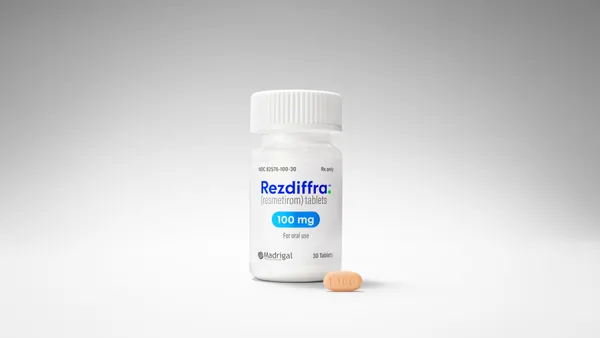Year in Preview
The industry is in the midst of changing the way pharmaceutical products are promoted to patients and physicians. Traditionally, pharmaceutical companies have approached professional promotions — detailing, sampling, medical meetings, etc. — and consumer promotions — DTC advertising, CRM initiatives, etc. — as two separate and distinct silos.
physician-patient communications To access a FREE Podcast on this topic, featuring Paul LeVine and Jeanne Zucker, go to pharmavoice.com/podcasts.
If the pharmaceutical industry wants to survive in the face of increased regulation, competition from generics and branded products, as well as the advent of personalized medicine, they must implement a radical shift away from the traditional methods by which they market their products.
Three main challenges with the current approach
Challenge No. 1: DTC activities are being increasingly scrutinized and regulated. The combination of FDA attention, stricter PhRMA guidelines, and negative media and public perceptions is forcing pharmaceutical marketers to radically alter their approach to DTC advertising and promotion. The industry has increased the emphasis on education and fair balance in DTC messages in response to restrictions being placed on branding and promotional claims. Challenge
No. 2: CRM initiatives generally fail to achieve their goals. CRM programs were established in an effort to improve patient compliance and persistency and to build brand and treatment loyalty. But to date, the CRM efforts have been one way and nonpersonalized. Most important, the CRM “dialogue” only offers vouchers, coupons, and support information to the patient and does not loop in the doctor on the patient’s progress.
Challenge No. 3: Physicians are virtually impossible to reach and influence. The typical model for engaging with physicians is through the sales rep. But competing patient and practice management priorities make what little time doctors have available quite scarce. In addition, patients are showing up for their doctor’s visit sometimes asking for drugs by name in response to an advertising promotion, leaving it to the doctor to determine if the drug is right for their particular health situation.
Compounding the problem is the fact that most physicians are incredibly skeptical of pharmaceutical marketing and promotion efforts, preferring instead to rely on their treatment experiences with their own patients, as well as peer-reviewed studies. Addressing Needs To overcome these challenges, pharma companies must do away with this one-off approach to patient and physician marketing. The new model will eschew marketing to consumers and to physicians in favor of a collaborative approach that actively engages the patient and the physician in education-centric programs. These new programs augment DTC and CRM initiatives by facilitating direct, real-time feedback between patients and their physicians on how well a particular pharmaceutical brand is working, creating an ongoing conversation between office visits.
A Win-Win-Win for all Parties
Win No. 1: Patients feel better faster, thanks to a better understanding of, and adherence to, their treatment regimens. They also are active participants in the process.
Win No. 2: Physicians endorse effective patient-support programs. The bonus here is that they receive real-world, experiential information from their patients that enables them to make better treatment decisions. Finally, by improving patient understanding and compliance, fewer calls come into the doctor’s office with treatment questions or problems.
Win No. 3: Pharmaceutical companies see increased brand awareness and loyalty with physicians — and hence increased prescribing and market share — thanks to better treatment outcomes. Only by jointly involving both the patient and the physician can marketers address the dual challenges of compliance and physician experience. New DTC and CRM approaches have the capacity to re-engage healthcare providers by clearly supporting better outcomes and potentially reversing the physician backlash that has developed over recent years because of “unbalanced” approaches.F Source: Paul LeVine, VP, Analytic Services, InfoMedics Inc., Woburn, Mass.; InfoMedics improves the quality of the relationship between physicians and their patients with a platform designed to deliver better communications and feedback on medication satisfaction. For more information, visit infomedics.com. PharmaVOICE welcomes comments about this article. E-mail us at [email protected]. The time is right to bring the value of patient-physician programs into the spotlight for new DTC and CRM initiatives. Only by jointly involving both the patient and the physician can marketers address the dual challenges of compliance and physician experience. Paul LeVine InfoMedics Inc.










